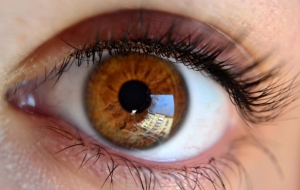The Monash Vision Group (MVG) of Monash University has received a $1.4 million Development Grant that will support the patient testing of a bionic eye implant which aims to restore sight to the clinically blind.

The research has reached a critical stage as MVG will now be able to clinically demonstrate the use of the eye implant as a viable medical device that hopes to provide vision to people who suffer from adult-onset vision loss.
Minister for Health Peter Dutton announced $133 million worth of National Health and Medical Research Council (NHMRC) grants on Tuesday, to be awarded across five schemes.
In a news release, Monash University Pro Vice-Chancellor (Research) Professor Pauline Nestor said the results showcased the valuable contributions of Monash researchers and the University’s ongoing investment in research.
“Monash researchers continue to be at the forefront addressing some of the world’s greatest public health issues and I thank the NHMRC for recognising the importance of supporting these projects,” Professor Nestor said.
“Monash is committed to supporting innovation in research, and it is through this continued investment that we provide a vital platform enabling our researchers to make fundamental contributions that meet 21st century challenges.”
The bionic eye device consists of a tiny camera mounted into a pair of glasses, which acts as the retina; a pocket processor, which takes the electronic information from the camera and converts it into signals enabling the brain to build up a visual construct; and cortical implants of several tiles which will be the portal for the stimulation of the visual cortex, explains MVG.
With the direct-to-brain bionic eye implant now available for patient testing, MVG will be able to attract investors and commercial partners who will provide funding to push the device to clinical trials and eventually obtain regulatory approval.
Over 50,000 people in Australia are considered clinically blind. MVG hopes that the first human transplant will be completed by 2015.













